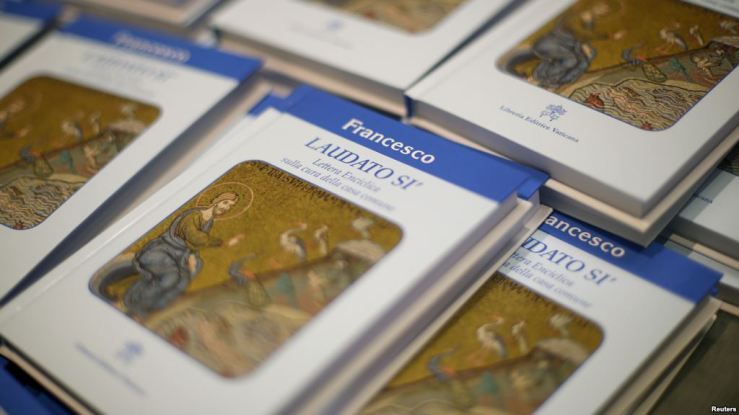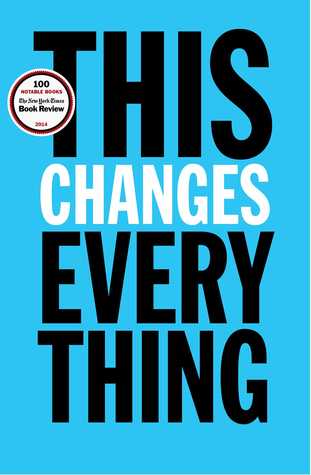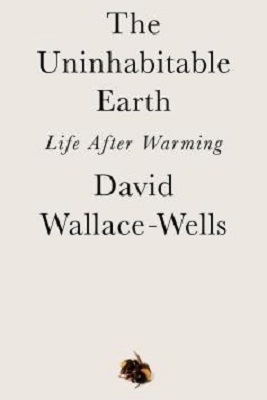
Life After Warming
“It is worse, much worse, than you think.” The Uninhabitable Earth: Life After Warming, by David Wallace-Wells
After we moved from upstate New York to central Oregon, one of the most unsettling adjustments we had to make was contending with late-summer wildfire smoke. For several days in a row, I didn’t venture outside. On a couple of especially bad days, people wore masks if they had to go out and about.
As bleak as The Uninhabitable Earth is, it did relieve me of my wildfire and smoke worries, somewhat. Should we stay where the air can be so hazardous to our health? Ultimately, I’m not sure it matters. No place on earth will remain unaffected by climate change upheaval, and the climate we enjoyed growing up is gone forever.
This book is being compared to Rachel Carson’s Silent Spring, which had an enormous impact when it was published in 1962.
But of course The Uninhabitable Earth was not a pleasant book to read. I hurried through it, sometimes skimming, often wanting to put it down.
“The earth has experienced five mass extinctions before the one we are living through now, each so complete a wiping of the fossil record that it functioned as an evolutionary reset…: 86 percent of all species dead, 450 million years ago; 70 million years later, 75 percent; 125 million years later, 96 percent; 50 million years later, 80 percent; 135 million years after that, 75 percent again. Unless you are a teenager, you probably read in your high school textbooks that these extinctions were the result of asteroids. In fact, all but the one that killed the dinosaurs involved climate change produced by greenhouse gas. The most notorious was 250 million years ago; it began when carbon dioxide warmed the planet by five degrees Celsius, accelerated when that warming triggered the release of methane, another greenhouse gas, and ended with all but a sliver of life on Earth dead.”
David Wallace-Wells intends for The Uninhabitable Earth to arouse fear, even panic, so that we will finally do something. He has been one of the first writers to synthesize research on catastrophic climate change that involves warming of 4 degrees Celsius or higher – because this is what we are on track for so far – and present it to a lay audience.
Something new I learned was that most atmospheric damage has occurred during the last thirty years, and not since the Industrial Revolution began. For the past thirty years, we were raising our children. It isn’t easy to acknowledge that my generation, more than any other, is most responsible for this mess.
“Many perceive global warming as a sort of moral and economic debt, accumulated since the beginning of the Industrial Revolution and now come due after several centuries. In fact, more than half of the carbon exhaled into the atmosphere by the burning of fossil fuels has been emitted in just the past three decades. Which means we have done as much damage to the fate of the planet and its ability to sustain human life and civilization since Al Gore published his first book on climate than in all the centuries – all the millennia – that came before. ….The majority of the burning has come since the premiere of Seinfeld.”
It is also depressing to know that my adult children and nieces and nephews – and any grandchildren we might someday have – will have lives severely degraded by climate change. They will have no choice but to engage in an epic, lifelong battle.
It’s not just about sea level rise, either. If we do nothing, other catastrophic changes will “deform” every life on the planet: heat, hunger, wildfire, lack of water, unbreathable air, economic collapse, war, and masses of refugees.
“…150 million more people would die from air pollution alone in a 2-degree warmer world than in a 1.5 degree warmer one….Numbers that large can be hard to grasp, but 150 million is the equivalent of 25 Holocausts. It is three times the size of the death toll of the Great Leap Forward – the largest nonmilitary death toll humanity has ever produced. It is more than twice the greatest death toll of any kind, World War II.”
Similar to Naomi Klein, who believes that only mass social movements can help us now, Wallace-Wells believes that lifestyle changes on an individual level won’t make much difference at this point. The most important thing we can do is engage: become politically active and work, ceaselessly, for swift, dramatic mobilization and change.
“The thing is, I am optimistic. Given the prospect that humans could engineer a climate that is 6 or 8 degrees warmer over the course of the next several centuries – large swaths of the planet unlivable by any definition we use today – that degraded middle counts, for me, as an encouraging future. Warming of 3 or 3.5 degrees would unleash suffering beyond anything that humans have ever experienced through many millennia of strain and strife and all-out war. But it is not a fatalistic scenario; in fact, it’s a whole lot better than where we are headed.”
Many people David’s age are opting not to bring children into the world. I was touched to read that while he wrote this book, David Wallace-Wells became a father. And, yes, he is hopeful.
“In the course of writing this book, I did have a child, Rocca…I think you have to do everything you can to make the world accommodate dignified and flourishing life, rather than giving up early, before the fight has been lost or won…I have to admit, I am also excited, for everything that Rocca and her sisters and brothers will see, will witness, will do. She will hit her child-rearing years around 2050, when we could have climate refugees in the many tens of millions; she will be entering old age at the close of the century, the end-stage bookmark on all of our projections for warming. In between, she will watch the world doing battle with a genuinely existential threat, and the people of her generation making a future for themselves, and the generations they bring into being, on this planet. And she won’t just be watching it, she will be living it – quite literally the greatest story ever told. It may well bring a happy ending.”
Wallace-Wells has this to say, in a footnote:
“….particular market forces have almost conquered our politics, but not entirely, leaving a bright shining sliver of opportunity; and I also believe…that meaningful and even dramatic change can be achieved through the familiar paths: voting and organizing and political activity deployed at every level. In other words, I believe in engagement above all, engagement wherever it may help. In fact, I find any other response to the climate crisis morally incomprehensible.”
Currently, my husband and I are familiarizing ourselves with climate activism in central Oregon so that we can become involved. We’ll try to make environmentally responsible lifestyle changes, too, but we agree with Wallace-Wells that political activism is now our best hope.
Here is Swedish climate activist Greta Thunberg, now 16 years old. She has rocketed to fame in recent months and has been nominated for the Nobel Peace Prize:
Thoughts? Please comment! What books, if any, are you reading about climate change? How are you coping psychologically, and have you found ways to feel empowered?
Next time, I will bring you a beautifully written book of hope by Rebecca Solnit.

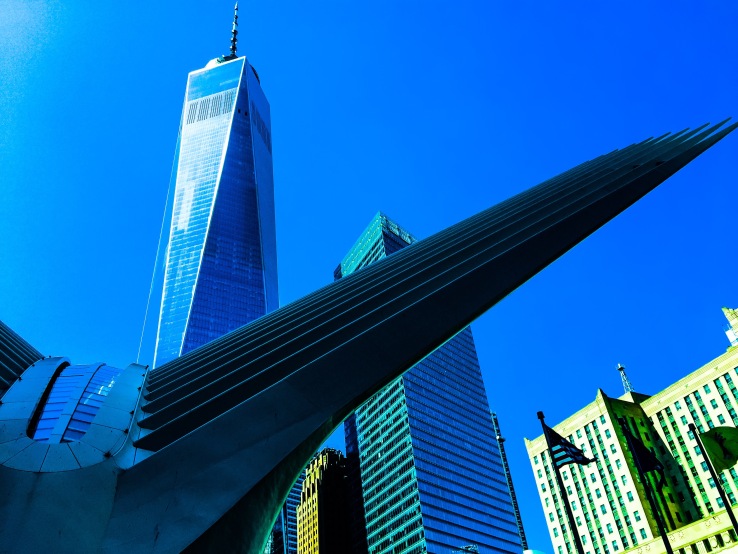
 This is the scary, provocative, grieving, truthful, and energizing book to read if you want to come to grips with climate change and decide what, if anything, you are going to do about it.
This is the scary, provocative, grieving, truthful, and energizing book to read if you want to come to grips with climate change and decide what, if anything, you are going to do about it.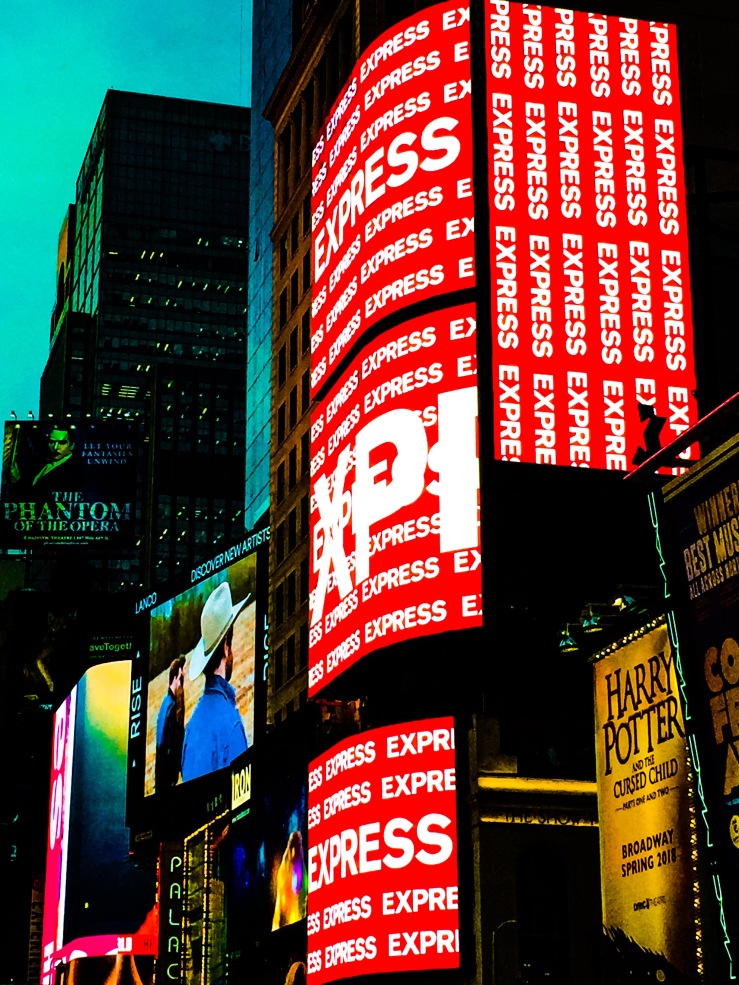



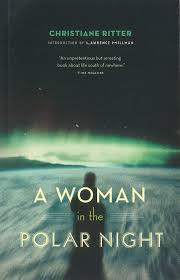 “Meanwhile the world out of doors falls into deepest night. The mountains are no more than white shadows, the sea no more than a black shadow – until that too dissolves away. And then everything is dead.
“Meanwhile the world out of doors falls into deepest night. The mountains are no more than white shadows, the sea no more than a black shadow – until that too dissolves away. And then everything is dead.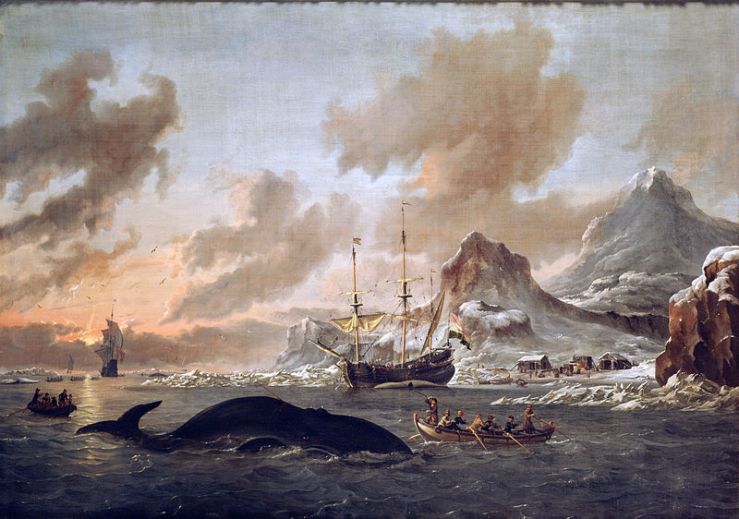

 So it was especially sad to read the excellent book I picked up next,
So it was especially sad to read the excellent book I picked up next, 

